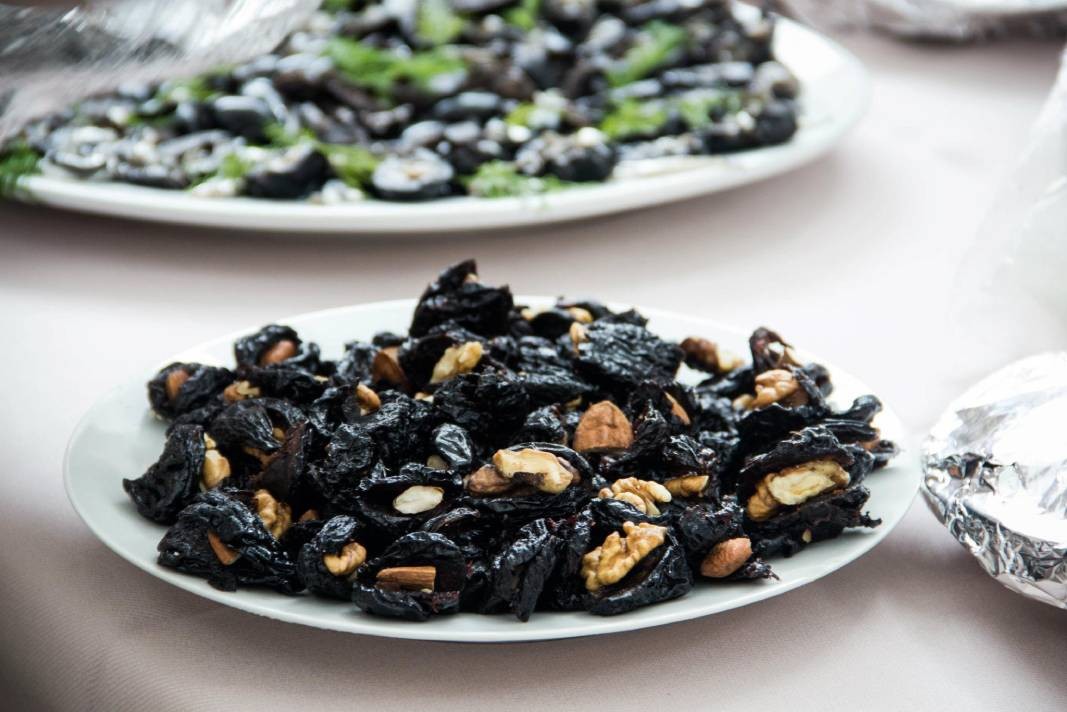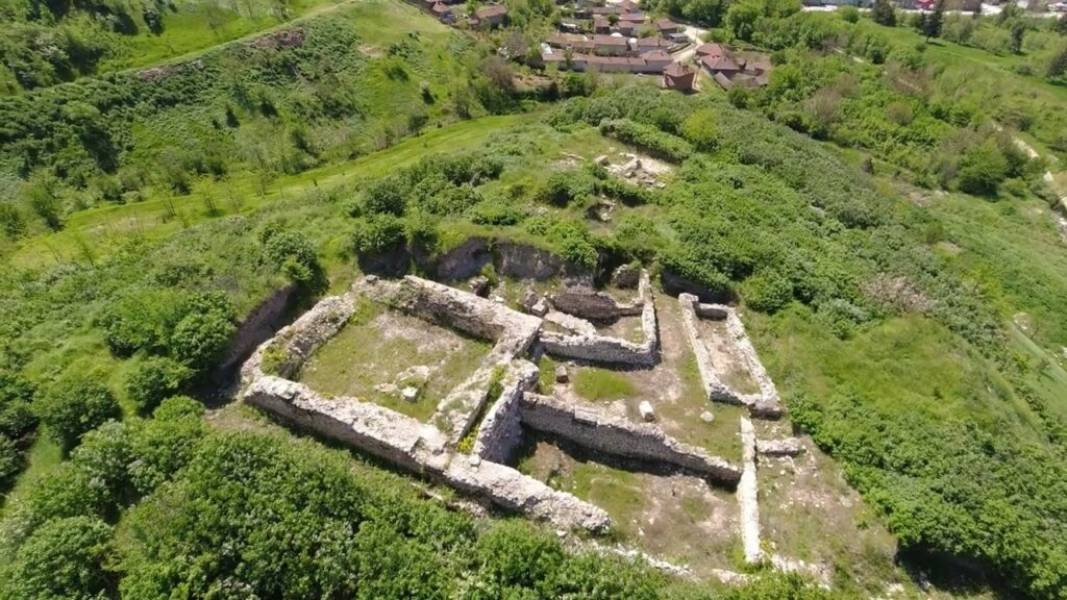The Festival of Ancient Heritage "Eagle on the Danube" will carry out its most ambitious edition so far – “The Legions of Moesia”. It will be held from June 13 to 15 at three ancient fortresses on the territory of Pleven district. These are Storgosia Fortress, the ancient Roman city of Ulpia Oescus near the village of Gigen, and the Roman road station Ad Putea near the village of Riben.

Pleven is participating for the first time in the large-scale event, giving the residents and guests of the city the opportunity to experience the ancient heritage. At a press conference held at the Regional Historical Museum Pleven, the organizers announced that over 180 participants in historical reenactments from Bulgaria, Italy, Romania, Serbia, Spain and the UK will gather in Pleven on June 13 to recreate scenes from the Roman era.

The festival’s motto is “In the Footsteps of the Legions, in the Heart of Moesia”. Visitors will get acquainted with 2,000 years of history through ancient cuisine, activities for children, Roman artillery, archery and slingshot shooting, ancient fencing, etc. They will also have the opportunity to dress up as Roman legionnaires.

Pleven’s unique Kaylaka Park will be transformed into an ancient military camp with tents, weapons and forged armor. The first reenactment will depict the triumphal arrival of Emperor Trajan leading his Roman legions.
On June 14, the ancient city of Ulpia Oescus near Gigen will become the stage for the historical conflict between Trajan and Decebalus. After gladiatorial games, a parade of ancient costumes and craft demonstrations, the Bagatur school will present a spectacular show featuring stunts and battle scenes.

The grand finale on June 15 will take place at the Ad Putea Fortress near Riben, with a battle between Romans and barbarians. Following a series of attacks along the Danube, Emperor Trajan launches a counteroffensive, leading to a historic victory. The festival will close with a ceremonial march, awards for participants, and a guided tour, reported plevenutre.bg.
Edited by Tsvetana Toncheva
Published and translated by Kostadin Atanasov
Photos: eagleonthedanube.com
In the early 1960s, it was concluded that Bulgaria’s water resources were insufficient to meet the needs of agriculture. As a result, large-scale construction of artificial water reservoirs began across the country. Between 1950 and 1985,..
Bulgarian students from both Bulgaria and the USA embarked on a journey to trace the history of Bulgarian-Americans, spending two years researching the story of Bulgarian emigration to America. Their efforts have been documented in the film “In the..
There is a special workshop for pottery - of the royal kind – used by the boyar families from the time of the Second Bulgarian Kingdom (12 th – 14 th C.) in what was once the capital of Bulgaria – Veliko Tarnovo. The workshop is located at the..
Heading south of Ivaylovgrad, we come across one of the strangest places in Bulgaria – welcome to Mandritsa! Founded in the 17th century by Albanian..
The 19th International Competition for Contemporary Lutherie begins in Kazanlak today. Running until 7 June, the forum aims to promote the traditions and..
The most significant step towards Bulgaria's membership in the eurozone has been made – this country has received official confirmation..

+359 2 9336 661
